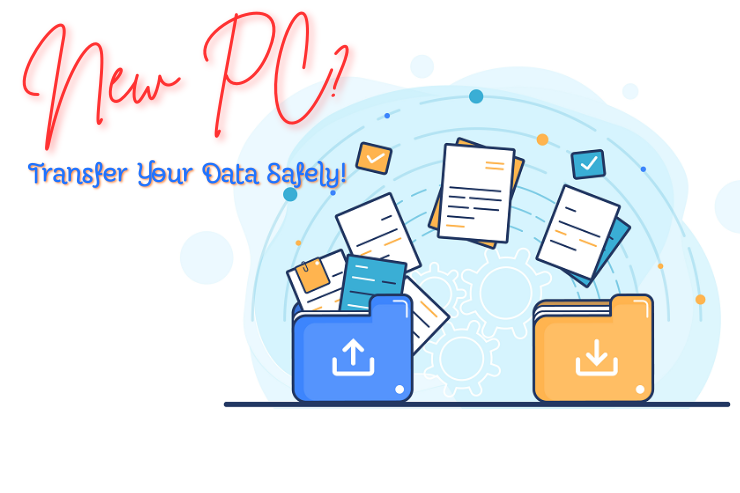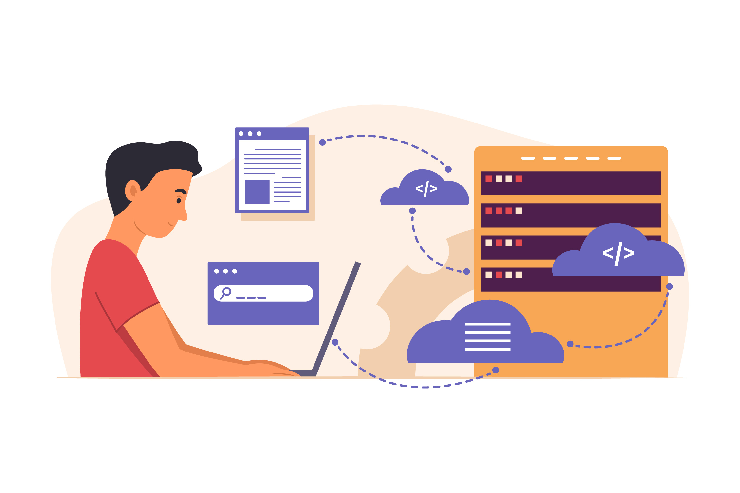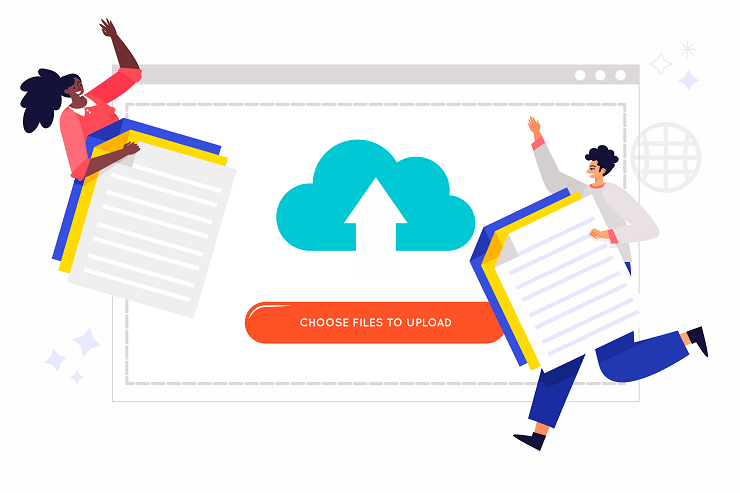

You just got yourself a new computer. As excited as it might sound, you start gearing up to explore lightning-speed performance and the premium features. However, this excitement starts fading off with the thought of losing years of saved files, images, and settings.
Several users simply overlook the importance of data when performing a transfer. In our post today, we are going to discuss the safest and most complete migration for everyone, including IT professionals and small business owners, especially with the guidance and support of expert tech support services.
Start the process in a well-organized manner. Sort out your documents, photos, and videos, and discard the unnecessary content. Clean storage prevents file confusion during the migration process and prevents the loss of valuable files.
An effective backup prevents possible loss. Store in the cloud or an external drive as the second measure of security, and add Online Data Protection. Multiple copies minimize risk and ensure data integrity during transfer.
Make sure that the new computer will run all the existing applications and operating systems. Check the new version of the software, system requirements, and updates to prevent technical failures.
Install an antivirus program and update firewalls prior to the commencement of the transfer. Be aware of phishing scams that appear in the form of data migration tools. Safe practices safeguard confidential files and keep unwarranted access out of the way in the process.
Develop a staged migration plan that is technically friendly. Determine which is the best: manual transfer, cloud synchronization, or migration software. Preparation also saves time and provides structured and organized results without needless delays.

Each of the methods below provides a different trade-off between convenience, control, and reliability. Regardless of whether you are using external drives, cloud systems, or special tools, you may choose one that ensures a full and safe transfer experience.
One of the simplest ways of transfer is through outside storage. Insert an external hard drive or USB into your old computer and transfer the necessary folders—Documents, Pictures, and Downloads. Connect it with the new system and transfer the data. It is always good to check file sizes and access before you delete their originals.
It is equally an effective method to transfer media files and configurations associated with smart home devices so that all connected systems would not be out of sync following the migration.
Your files are available in a convenient remote access on cloud storage. Take the old device and upload your data to Google Drive, OneDrive, or Dropbox. You can access files instantly as you sign in to the same account on your new computer. Cloud systems are best suited to users who desire uninterrupted communication between devices.
The approach is suitable for users who are considering DIY or professional device installation, as cloud connectivity enables smooth configuration sharing across systems and service-controlled installations.
Transferring data on a network connection is fast and dependable. Both computers should be connected to the same Wi-Fi or Ethernet network, and file sharing should be allowed. This is a good technique that can be used to transfer huge amounts of data and also in an office setting.
Always check access permissions to ensure proper authorization. Use Two-Factor Authentication to improve protection. Migration assistants are built in to make this process easier, with folder structures and user settings automatically created.

Those users who have fully backed up to the cloud can easily access those backups. Go to your cloud backup account, open the last version saved, and select the restore settings.
It is the best method for data transfer in a device upgrade, with all settings, applications, and files restored to their original positions. Cloud restoration is time-saving, keeps the same configurations, and efficiently eases transitions for users who frequently upgrade systems.
Make sure that all files are correctly transferred. Compare folder sizes, open random files, and verify that files are readable. Being complete ensures that you do not have holes in data or content that was missed initially.
Install new copies of necessary programs on your new computer. It is better to avoid transferring old executables. Reinstalling ensures stable performance and reduces software conflicts.
Updates ensure that hardware components run correctly. New drivers improve compatibility with peripherals such as printers, scanners, and monitors.
Reconfigure settings like wallpaper, shortcuts, and desktop preferences. Recreating your environment helps maintain workflow continuity on your upgraded device.
Carry out performance checks after migration. Open frequently used applications and verify that file access and loading work without issues. This final check ensures your system is fully operational.

Check copied files if some documents are missing. Compare saved folders and recover items from backups.
Corruption may occur due to interrupted transfers. Recopy files using a stable connection or a verified backup.
Certain applications might not open after transfer. Reinstalling usually fixes incompatibilities.
Reboot the router and ensure both computers are on the same network for stable data transfer.
If external devices are not detected, update drivers or try another USB port.
With thorough preparation and expert assistance, transferring data to a new computer becomes stress-free. Nerd Alert will help you safeguard your precious files, programs, and memories with professional data management and setup services. Take the smart step toward seamless technology transitions today—contact us!
CAN I TRANSFER DATA WITHOUT INTERNET ACCESS?
Yes. You can use offline solutions like external hard drives or direct cables. These are fast, private, and do not rely on internet speed.
HOW CAN I MOVE USER PROFILES BETWEEN COMPUTERS?
Specialized software allows transferring user profiles, including settings and preferences, without manual reconfiguration.
WHAT PRECAUTIONS SHOULD I TAKE BEFORE RECYCLING MY OLD COMPUTER?
Use professional data wiping tools to erase all personal information. Full data destruction prevents identity theft.

I’m a Nerd and very proud of it! I love to write about anything Tech related. Subscribe to our blog for helpful tips, tricks & news.




